In the early 1990s, minimally invasive aesthetic surgery spun off from plastic and aesthetic surgery and is rapidly developing, which has become more accessible and democratic. This factor has allowed a multimillion-strong army of patients who want to eliminate the aesthetic manifestations of an aging face to more boldly make plans to go to a specialist to perform anti-aging interventions. Previously, most of them, for certain reasons, would never have dared to go to a surgeon for a FaceLift, so they were doomed to slow aging.
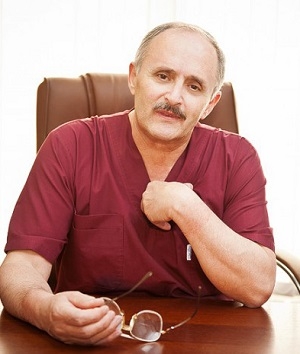
Sulamanidze Marlen Andreevich
plastic surgeon, Member of the Society of Plastic, Reconstructive and Aesthetic Surgeons of Russia, Georgia, IPRAS, Honorary Member of the National Society of Aesthetic Surgeons of France, Honorary President of the Japanese Liposuction Society, Member of the American Society of Dermatosurgeons
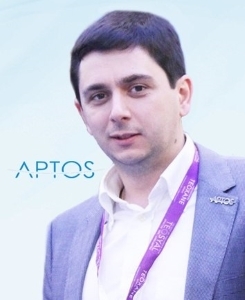
Sulamanidze Georgy Marlenovich
plastic surgeon, candidate of medical sciences, full member of the Russian Society of Plastic, Reconstructive and Aesthetic Surgeons, as well as the Japanese Society of Liposuction
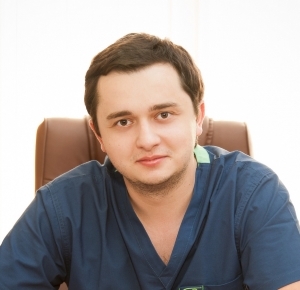
Sulamanidze Konstantin Marlenovich
plastic surgeon, dermatovenereologist, member of the International Society of Plastic, Reconstructive and Aesthetic Surgeons (IPRAS)
Today, patients have the opportunity to take advantage of the latest facial rejuvenation techniques. Among the numerous areas of minimally invasive aesthetic surgery, thread methods for correcting involutive and other deformities of the appearance began to occupy a worthy place, the interest of colleagues in these methods began to grow steadily, scientific publications began to appear on these topics in reputable periodicals, at congresses, symposiums, scientific conferences even began to allocate separate sessions…
Promotion of thread lifting methods
The first information in the scientific literature about the use of threads for lifting the soft tissues of the face and neck dates back to the mid-fifties of the last century, when BUTTKEWITZ demonstrated the image of the correction of "saggy labial fold" with a thread suture.
In 1970, Frenchman Rene Guillemain published an article describing a similar technique, later called THE CURL LIFT. He used a long Reverdin needle to guide and tighten the tendon to tighten the cheekbones, lower third of the face, or upper neck. Under local anesthesia, the suture was placed in the subcutaneous fat and firmly fixed to the dense structures both from above and below. This technique did not become widely used, although the results were quite satisfactory.
The book Mario Gonzales Ulloa describes a similar technique for lifting facial tissue using nylon threads.
In 2002, GH Sassaki and AT Cohen published a similar two-needle technique in Plastic and Reconstructive Surgery. They used it simultaneously with the classic FaceLift to improve and strengthen the result, and also independently during the closed procedure.
In 2003, Maximiliano Mendez Florez published an article in which he proposed a thread lift technique using a double-edged needle of his own design, as well as a special maneuver that simplifies the operation. The double-edged needle that Mendez introduced is similar to the needle used by drapers years ago. And needles with sharp tips on both sides, curved or straight, small or large, but centered, were often used in the past by general or plastic surgeons.
In 1982, Sergio Capurro, an Italian plastic surgeon, wrote about the double-edged needle in the journals "Revista Italiana de Cirugia Plastica" and "Plastic and Reconstructive Surgery".
In 1986, Japanese surgeons Akira Yahai, Osama Fukuda, and Sinichi Abayashi reported in the journal Plastic and Reconstructive Surgery their technique for using a curved double-edged center-attached needle.
Two double pointed needles have also been used by orthopedic surgeons (meniscal surgery) and plastic surgeons (cleft palate surgery).
Double-edged needles with nylon thread have been used for ligation of varicose veins as well as in cosmetic surgery for upper blepharoplasty, Koo Boo Chai began using this suture technique as early as 1952.
Jo Mathay in the Philippines often used subcutaneous sutures to narrow large nasal tips in his patients. Nikolai Serdev also described this technique a lot, the distinctive feature of which was the cannula of the original design, and there was a special way to conduct it under the skin. and presentations at various congresses and scientific conferences contributed to the dissemination of these methods.
Regardless of the development of surgical techniques
lifting with smooth threads, namely, all of the above methods were used, in plastic and aesthetic surgery, the direction of using threads with various tightening structures (protrusions, notches, cones, knots, etc.) e.).
The first information about them dates back to 1968, when German colleagues patented a thread with notches, with which they proposed to stitch the rupture of the Achilles tendon.
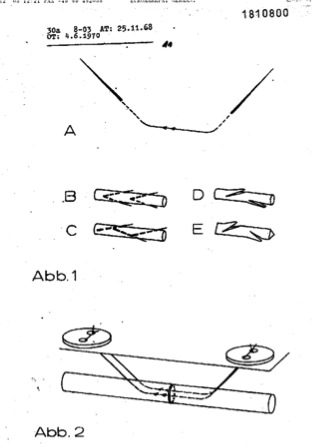
After 2 years, our method of wound closure with a continuous cosmetic suture with notched threads was patented, which in recent years has been increasingly used by surgeons of almost all specialties.
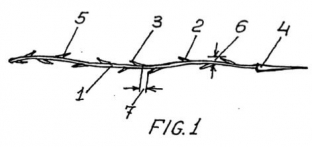
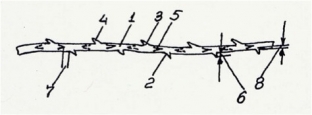
The first experiments we did were with threads with protrusions that were directed in one direction and attached to a long needle.
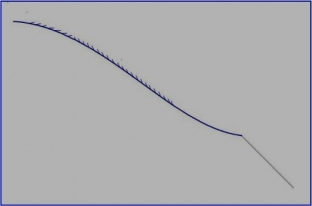
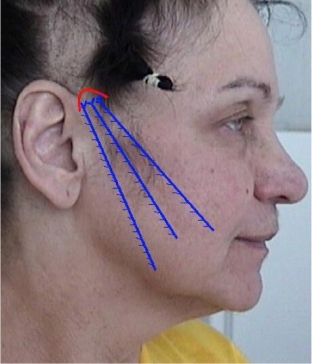
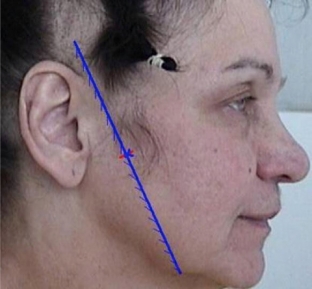
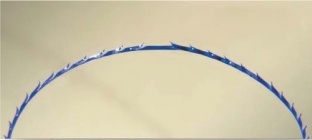

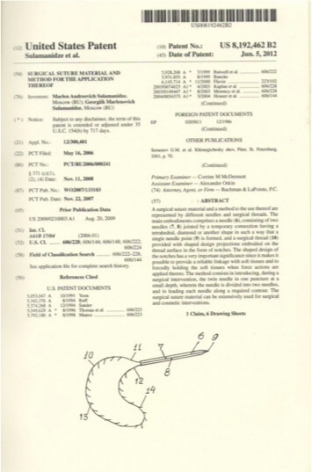
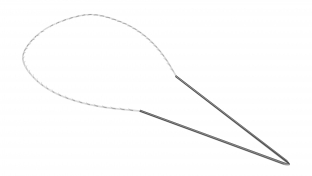
The next stage of our research was the creation of a double-edged needle with a smooth suture thread attached to the needle in its middle part - Aptos Needle.
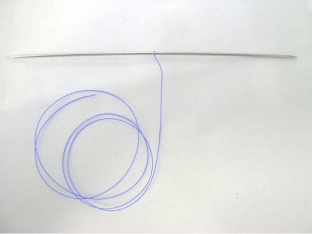
It should be noted that while inventing the specified suture material and developing methods for its use in surgical practice, we did not know that similar suture materials and methods of their application were previously used by colleagues. This is probably why the range of their use in operations not only in aesthetic, but also in plastic surgery turned out to be much wider. With the help of various modifications of the Aptos Needle, minimally invasive aesthetic operations have been developed for suturing the soft tissues of the midface, submandibular and cervical regions (2003), chin, elongated and stretched earlobes and ptotic breasts (2004).
Aptos Thread 2G and Aptos Needle have successfully combined the capabilities of our subsequent development - suture material and the Aptos Needle 2G method.
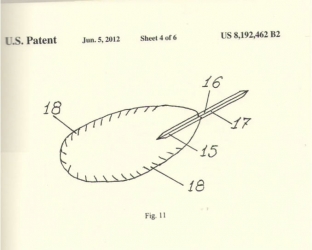
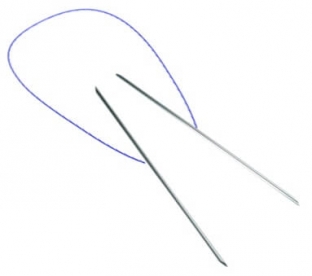
Lifting when performing operations using the Aptos Needle 2G method is more powerful and stable due to subcutaneous turns of the needle and passing the thread with protrusions along the contour of the "pouch" or hook without violating the integrity of the protrusions and retractions of the skin.
Our approach to lifting kinetically active zones (wrinkles of "sadness", corners of the mouth) was radically different. rigid tightening in such cases was ineffective and led to a rapid recurrence of the deformity. To eliminate involutive changes in these areas, we used an elastic lift developed by us in 2003 with special threads. This is – a spiral thread made using a special technology from a special polypropylene that retains “memory” - Aptos Spring.
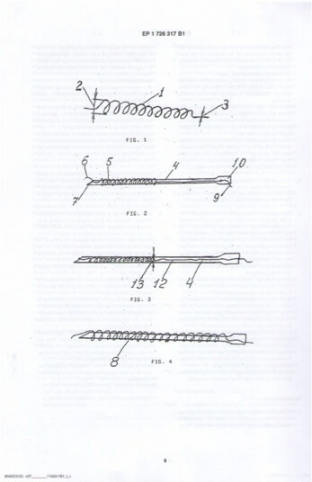
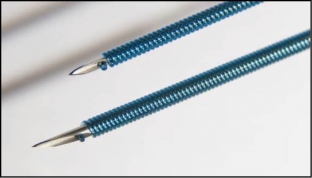
We are particularly proud of our recent double-blind, placebo-controlled study on the effectiveness of Aptos thread lifts.
The study group included 32 patients who underwent thread lift with various Aptos methods on one side of the face, neck, chest, limbs, trunk, while the contralateral side was treated with placebo or another Aptos method. In the dynamics, the necessary observations were made (photographing, questioning, expert opinions, ultrasound, Doppler ...). After some time (different in each case) with repeated intervention, the symmetry was restored.
Experience has shown that Aptos thread lifts, especially needleless AptosThread, and methods of its application have proved to be the most successful and in demand among specialists. Their popularity was ensured by:
- simplicity, ease, cost-effectiveness, minimally invasiveness and low traumatism of procedures;
- reliability and sufficient long-term quality lifting;
- the possibility of combination with other interventions and a short rehabilitation period.
ExcellenceVisage threads are made from a copolymer of polycaprolactone and lactic acid. This material, after being introduced into tissues, undergoes biodegradation by hydrolysis, and over time (within one and a half years), the threads completely dissolve. In their place, a fibrous cord remains, the formation of which is associated not only with the presence of a foreign body (thread), but also with the gradual release of micro-quantities of L-lactic acid during biodegradation, which stimulates neocollagenesis.
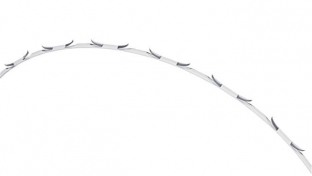
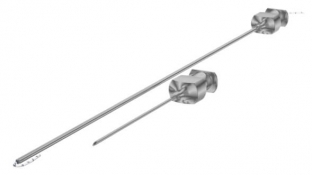
The list of references is in the editorial office of estet-portal.com.







Add a comment